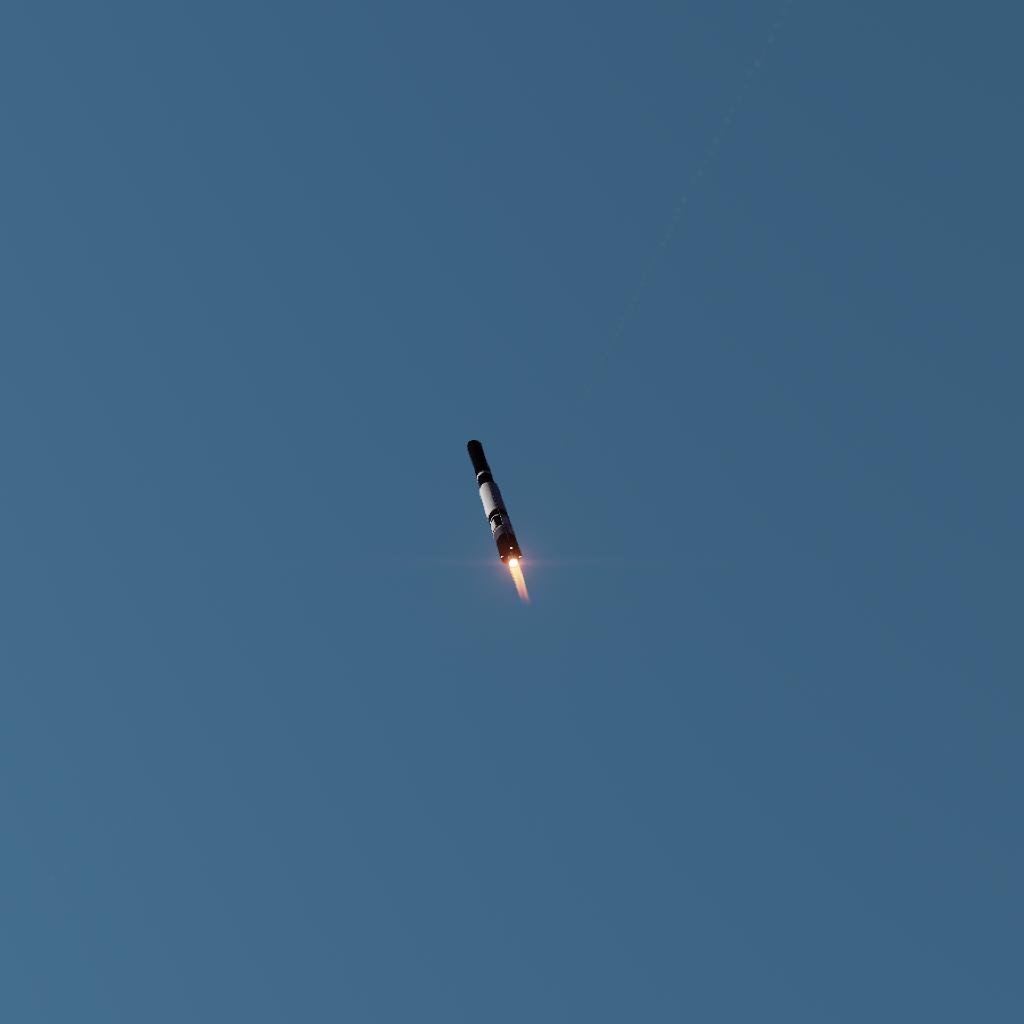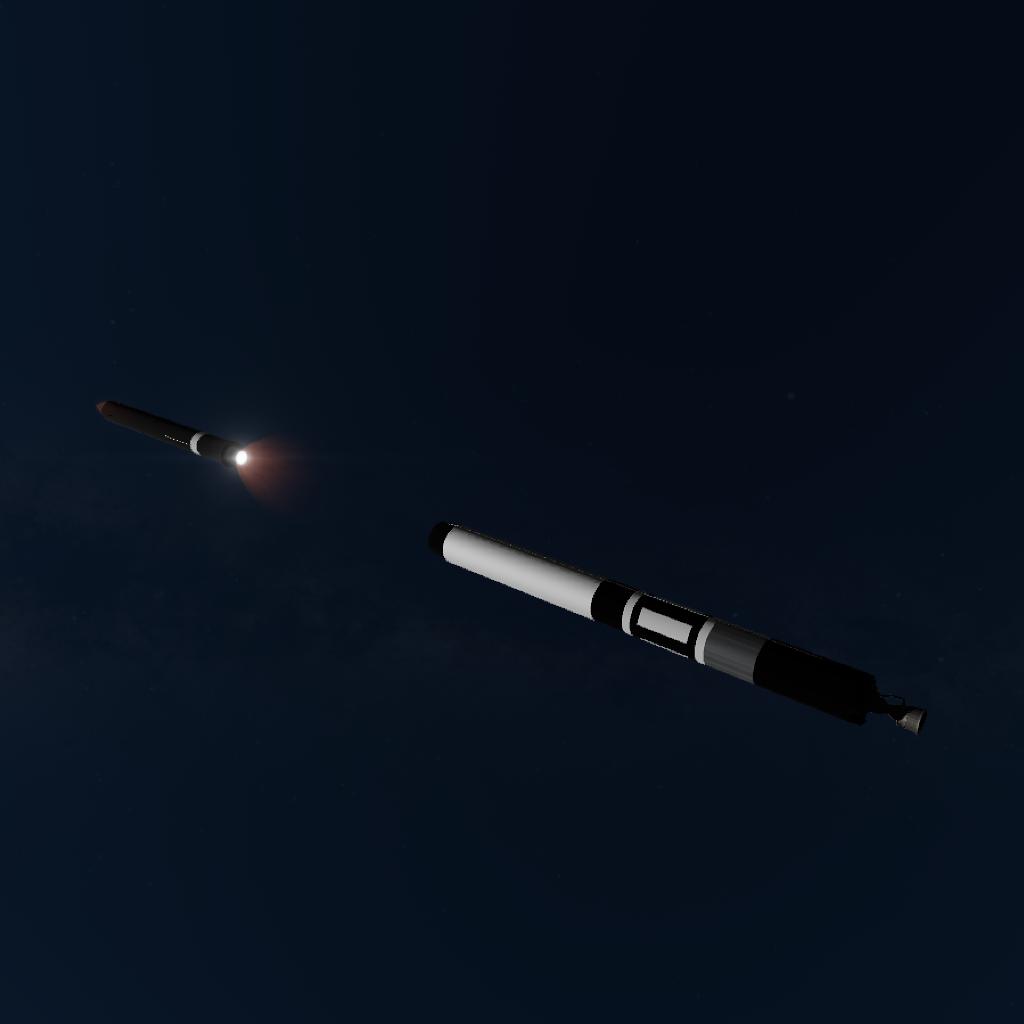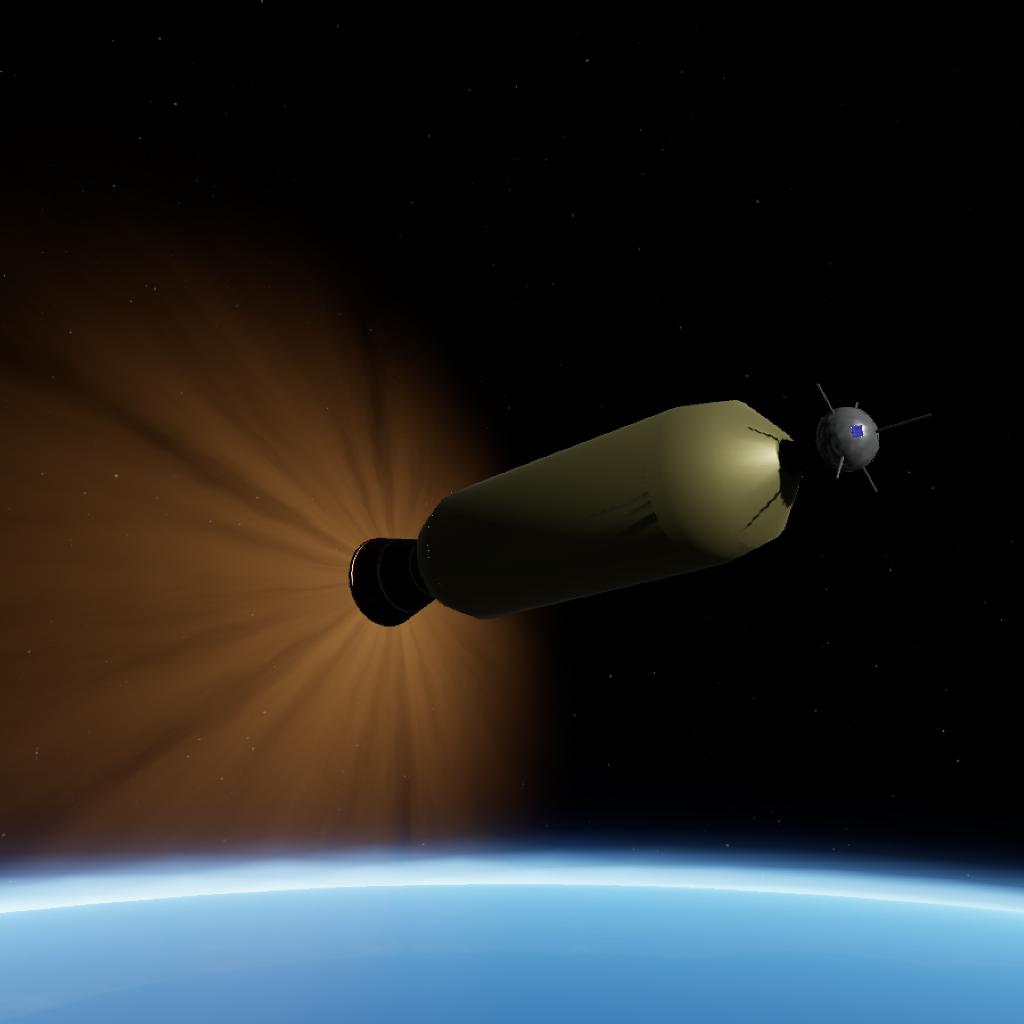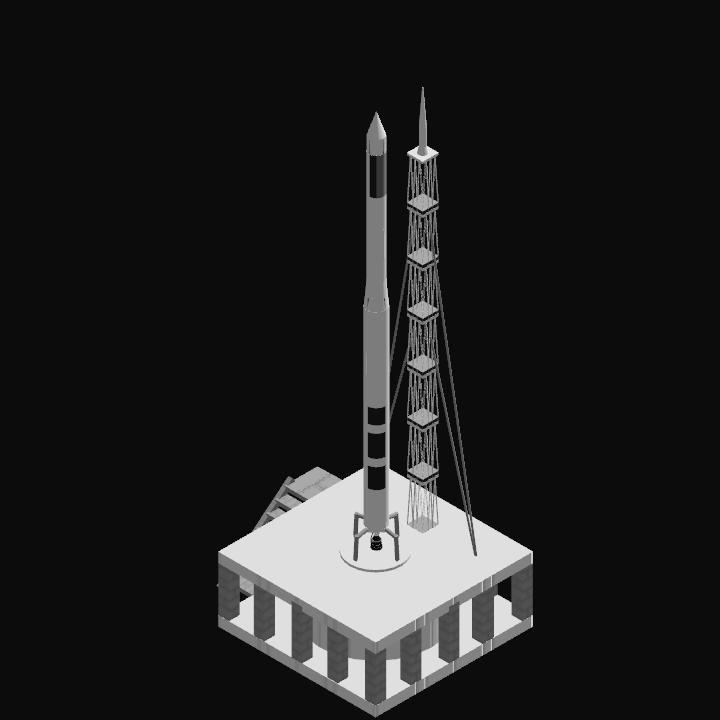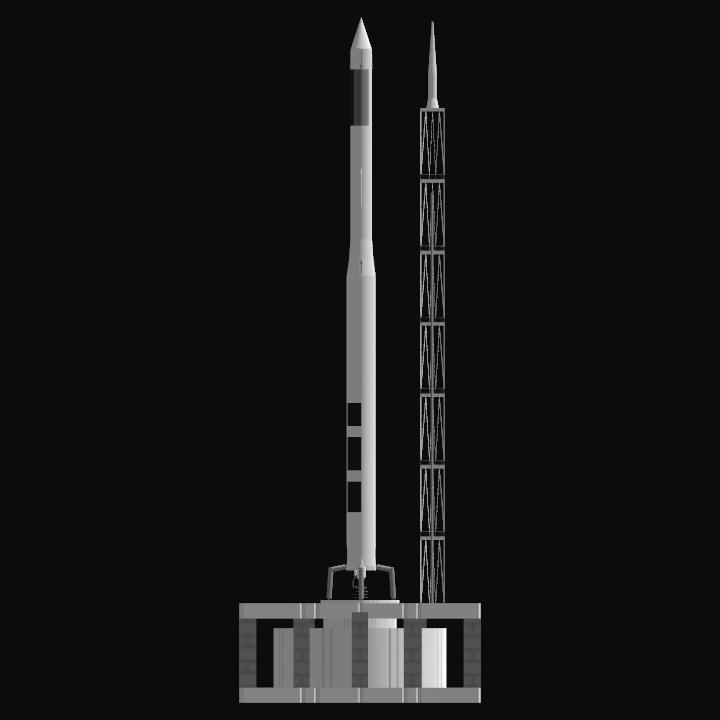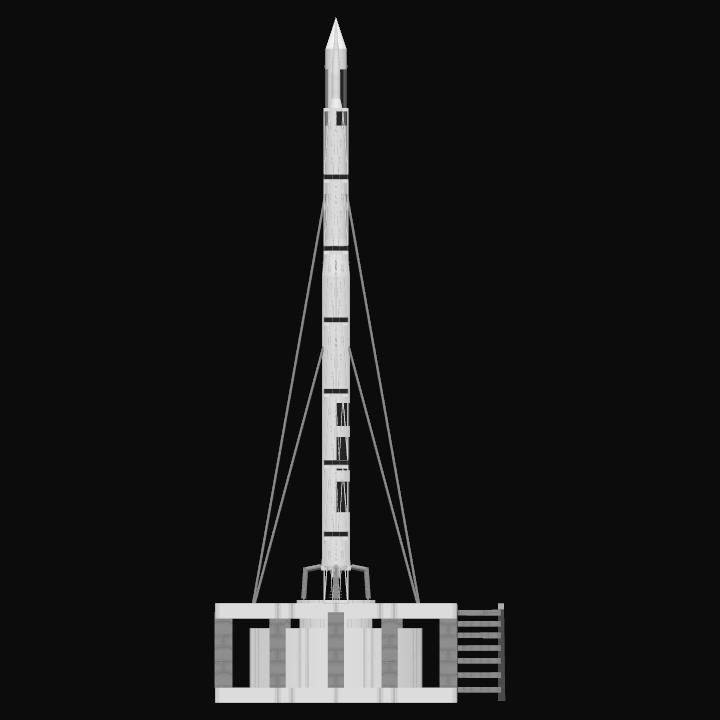As WWII was ending, advancing Allied troops scavanged liberated lands for German technology. Guns, jets, V-2 rockets, all were considered prime targets. However, the most valuable resources found in the Third Reich were scientists. Both sides were trying to get as many of them to help them in the upcoming Cold War. One of them was Wehrner von Braun. The mastermind behind the Aggregat A-4, more commonly known as Vergeltungswaffe V-2. When he was captured, he wasn't imprisoned. Via the top secret program, now known as Operation Paperclip, he was shipped to the US, to work on American rockets. While he is most famously known because of his work on the Saturn V, hist first project in the US was the Redstone ballistic missile.
This move, however, wasn't very popular with the American rocket scientists. They believed that space is no place for the military, and that the first US rocket to reach orbit must be built by a civilian engineering team. Von Braun, despite saying that he could quickly adapt the Redstone to launch payloads into orbit, was not given the green light to start developing. It was given to a civilian team - who started developing the Vanguard rocket. Unlike many other early orbital rockets, it was not developed from a ballistic missile. It was based on a sounding rocket - the RTV-N-12a Viking. The first two launches of the program, TV-0 and TV-1 were actually just modified Viking rockets. The TV-2 was a test, with a live first stage, and boilerplate second and third stages, to test the staging. After multiple scrubs, it finally lifted off on October 23rd, 1957. This suborbital test was a success, but no one celebrated. The Soviets managed to put their own satellite into orbit a couple of weeks before. The Vanguard had to launch, now.
TV-3 was the first orbital attempt, not only for the Vanguard, but also for the United States as a whole. As much as the press emphasized that it's just a test launch, everybody knew that if it ended in a fiasco, it would mean that the US is miles behind the USSR in terms of orbital spaceflight capability. The countdown reached zero, the engine ignited, the holddown clamps let go... and after travelling only four feet, the rocket crashed back on the pad, exploding into smithereens. The payload was shot up by the explosion and had landed in the bushes, not far away from the pad, still transmitting beeps of radio signal. Von Braun was, understandably, upset. It was only at this point that he had been given the permission to start developing an orbital rocket, and being the engineering genius he is, he was able to develop, build and launch the first American satellite before the second Vanguard was on the pad. This second Vanguard launched on February 5th, 1958, also failing before reaching orbit. Only on its third attempt, a small, 1.4kg satellite was placed into a highly eccentric orbit, where it remains to this day.
A total of 11 Vanguards have been launched. Only 3 had reached orbit. This program had cost the US the title of the first nation to orbit a satellite.
OPERATION:
Stage once to fire the engines, stage twice to release holddown clamps. When Stage 2 burns out, deploy the fairing, wait for it to clear the rocket, use AG1 to spin up the third stage, and launch. Keep in mind: your DeltaV is limited, you need to follow a perfect ascent path to get into a stable orbit. After second stage fuel runs out, the attitude you had is the attitude you'll have, as the third stage can't gimbal. Aim before it cuts off.
GENERAL INFO
- Created On: Windows
- Game Version: 1.3.204.1
- Price: $1,017k
- Number of Parts: 144
- Dimensions: 28 m x 12 m x 10 m
PERFORMANCE
- Total Delta V: 8.9km/s
- Total Thrust: 193kN
- Engines: 7
- Wet Mass: 22,270kg
- Dry Mass: 13,185kg
STAGES
| Stage | Engines | Delta V | Thrust | Burn | Mass |
|---|---|---|---|---|---|
| 1 | 5 | 1.1km/s | 148kN | 2.2m | 22,270kg |
| 3 | 1 | 3.5km/s | 34kN | 2.5m | 2,632kg |
| 5 | 1 | 4.4km/s | 10kN | 33s | 194kg |


